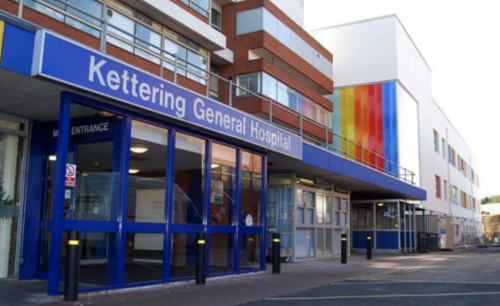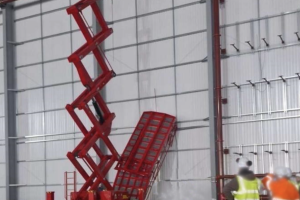Hospital faces six-figure fine following brain injury incident

Kettering General Hospital NHS Foundation Trust faces a £480,000 fine following an incident where an employee sustained a brain injury after being found unconscious in a manhole.
The individual was discovered by colleagues while attempting to clear a drain at the hospital on February 1st, 2022.
Subsequently rescued from the manhole by the Northamptonshire Fire and Rescue Service, the employee received treatment for acute sulphate intoxication at the hospital. This led to a traumatic brain injury, along with persistent challenges related to memory loss and nerve damage.
An investigation by the Health and Safety Executive (HSE) revealed that Kettering General Hospital NHS Foundation Trust failed to recognise the manhole as a confined space and therefore neglected to conduct a proper risk assessment.
Despite the established practice of preventing employee entry into confined spaces on-site over several years, the trust did not implement measures to deter such entries.
Additionally, no safe work system or method statement was identified for drain clearance, and no precautions were taken to mitigate the risk of injury.
Furthermore, the HSE investigation underscored the lack of confined space training provided to members of the estates team.
Those involved in drain clearance and entry into deep drains or manholes received inadequate information and instruction regarding the methods, risks, and necessary precautions.
Kettering General Hospital NHS Foundation Trust, located on Rothwell Road, Kettering, Northants, admitted to breaching Section 2(1) of The Health & Safety at Work etc. Act 1974.
The trust was fined £480,000 and ordered to pay £4,286.15 in costs at Wellingborough Magistrates’ Court on January 9, 2024.
HSE inspector Heather Campbell said: “This case highlights the dangers of working in confined spaces. The manhole should have been identified as a confined space, and risk assessed accordingly. Safe systems of work for entry into confined spaces should have been in place, such as those outlined in the HSE’s Approved Code of Practice.”









